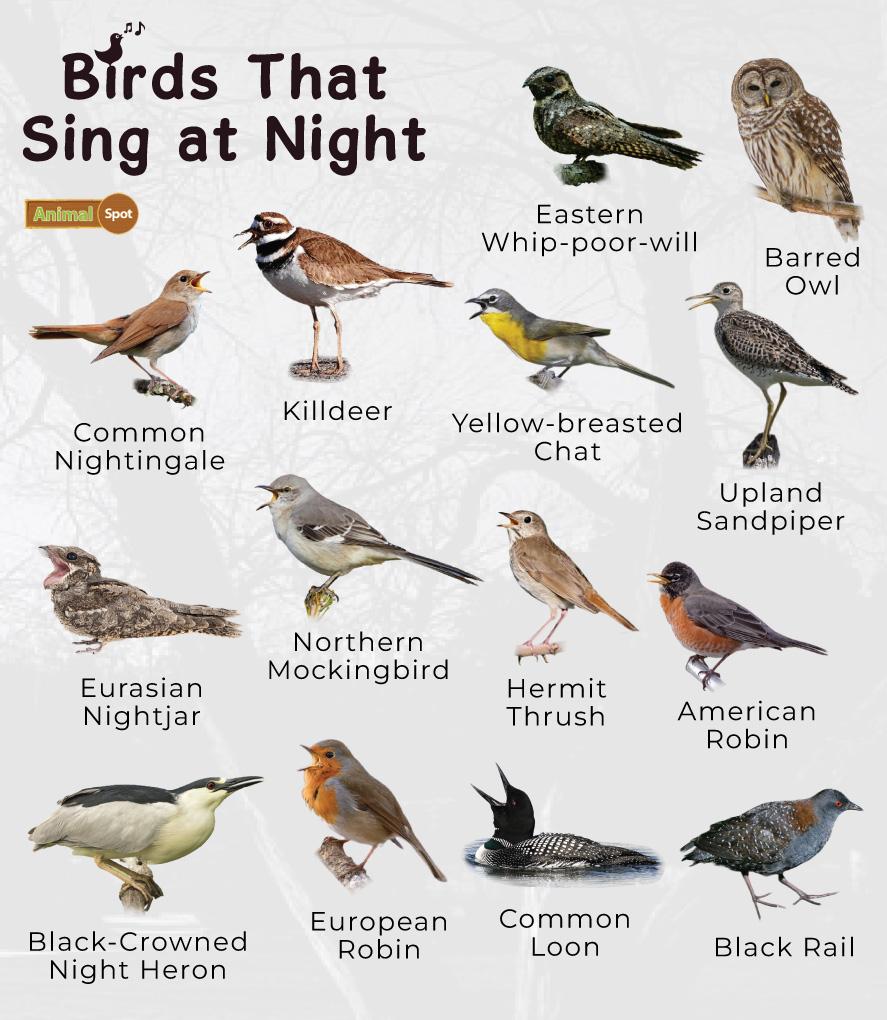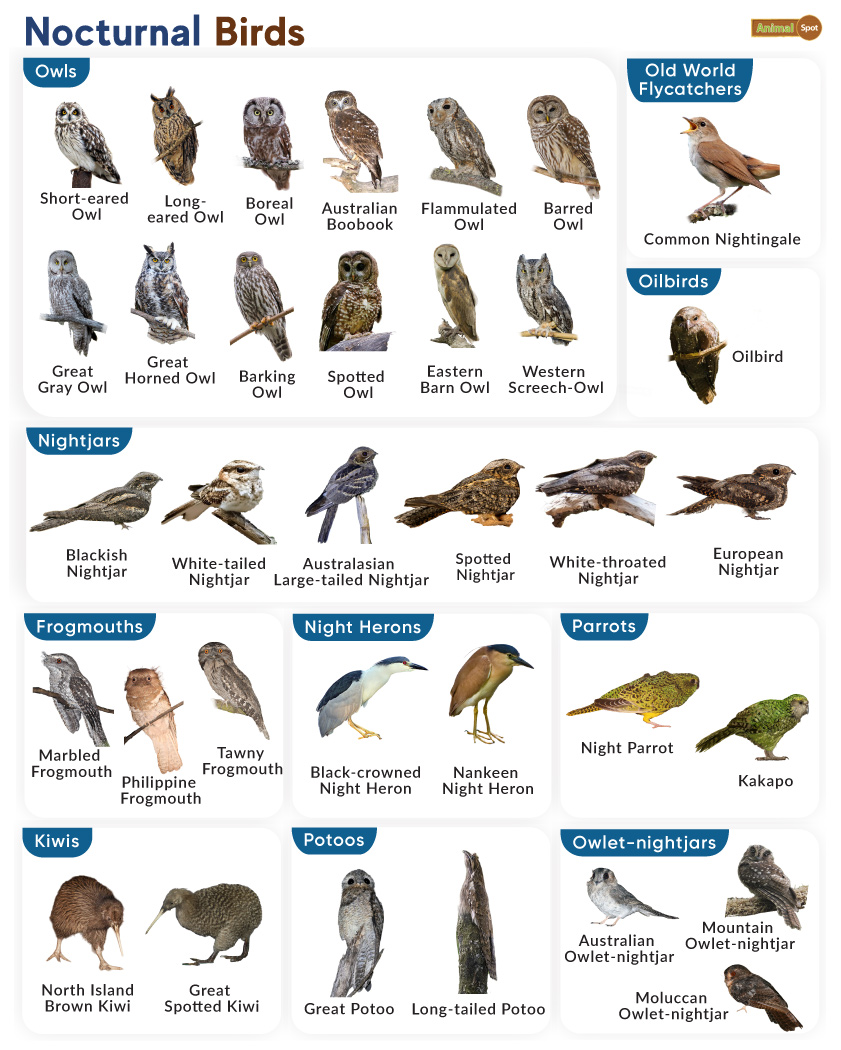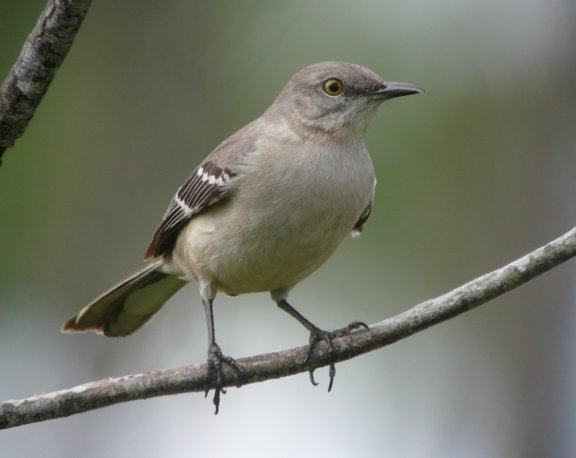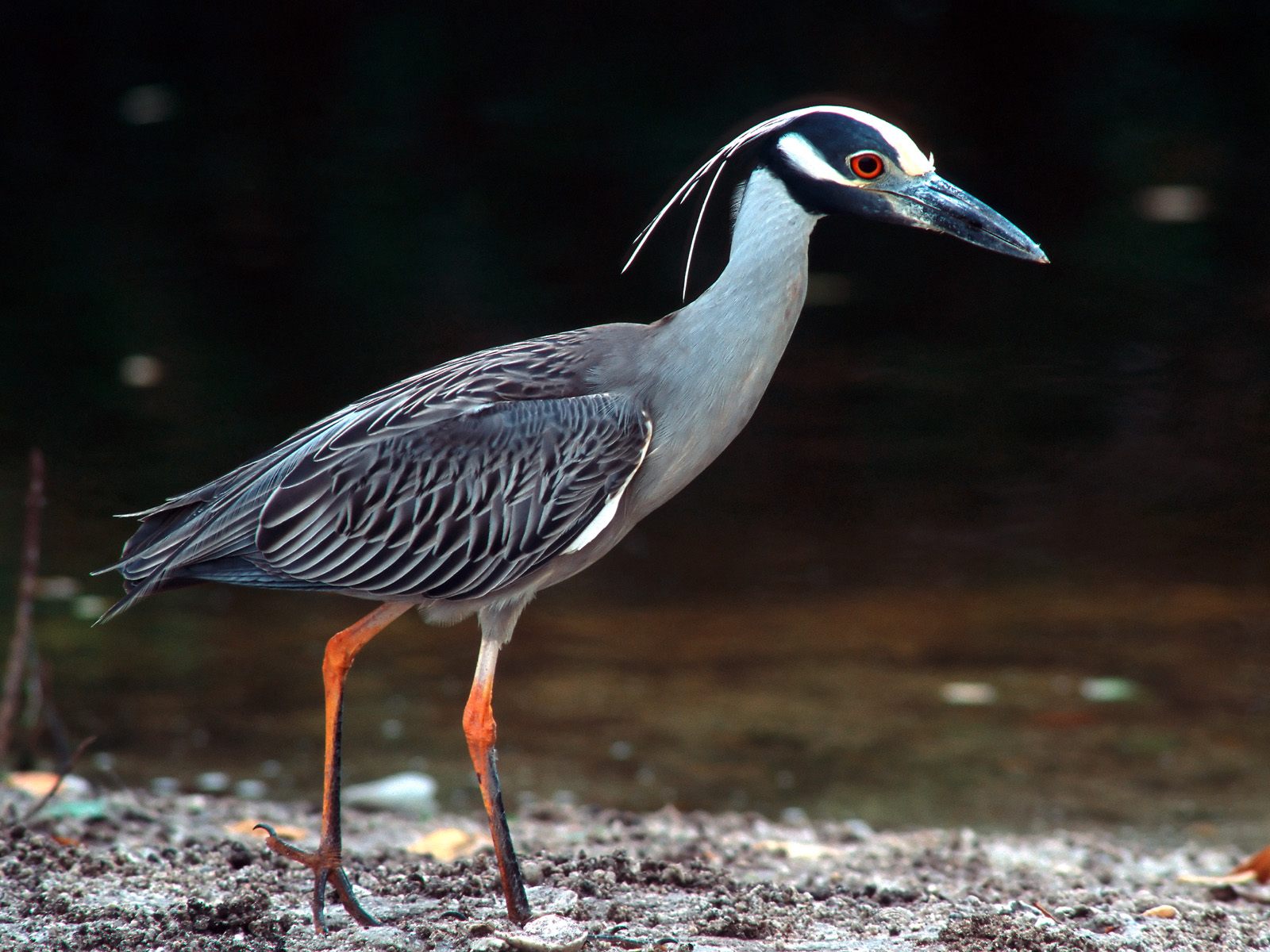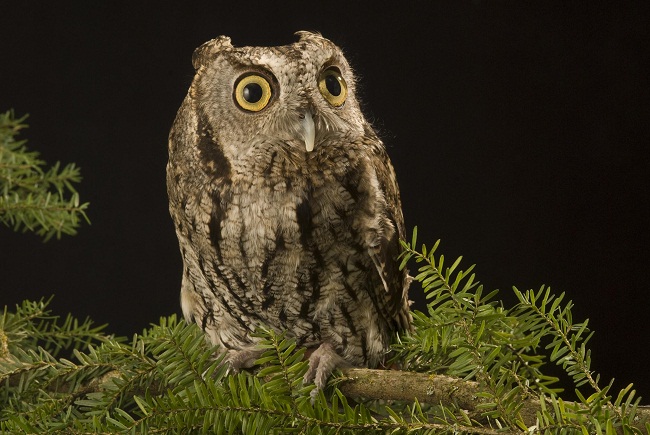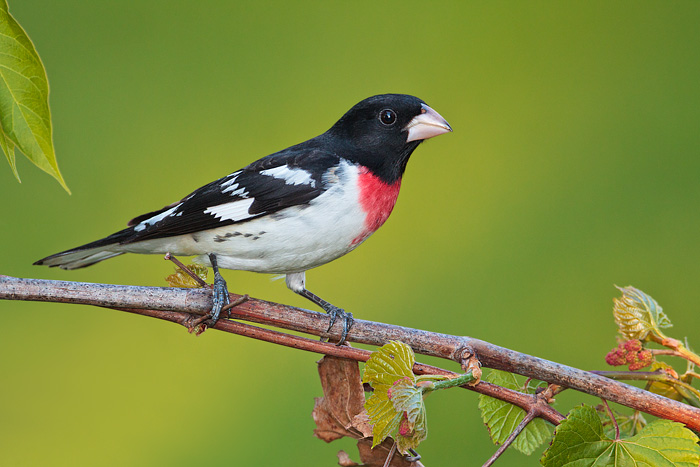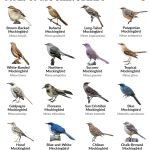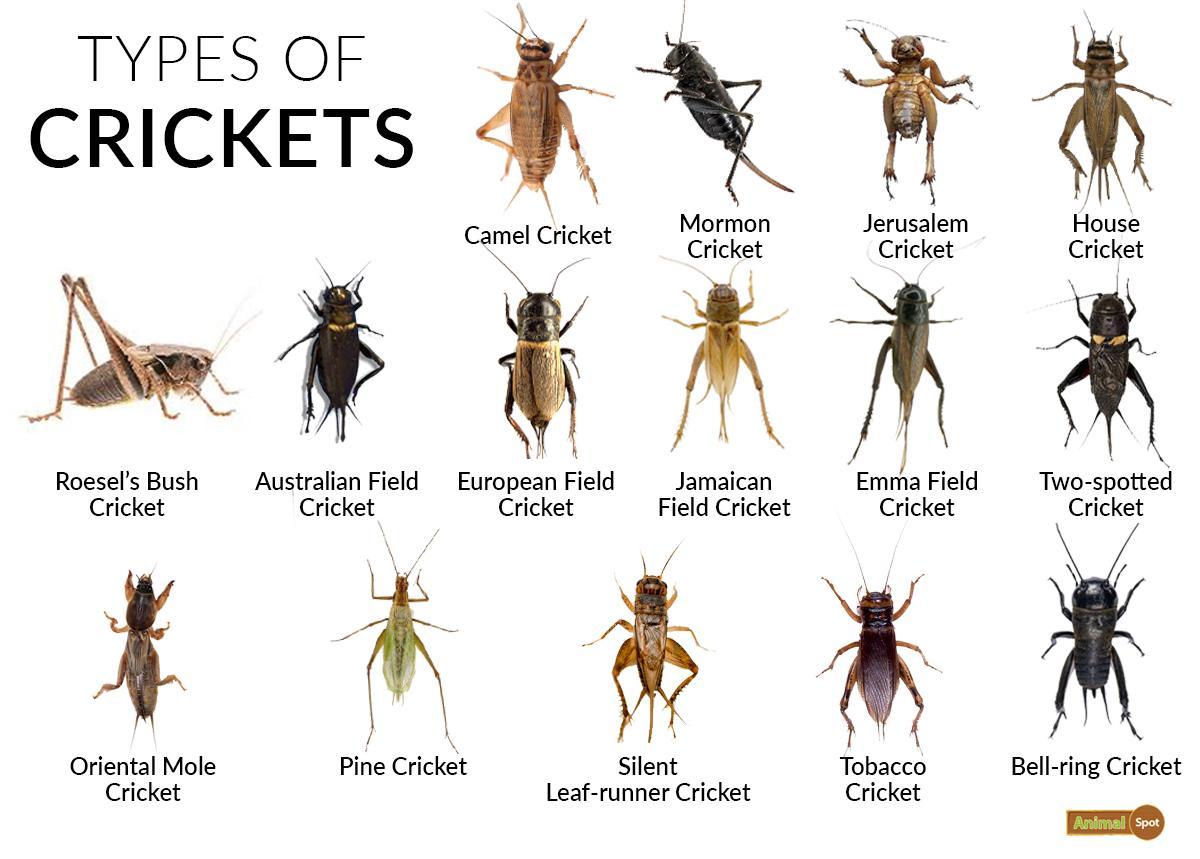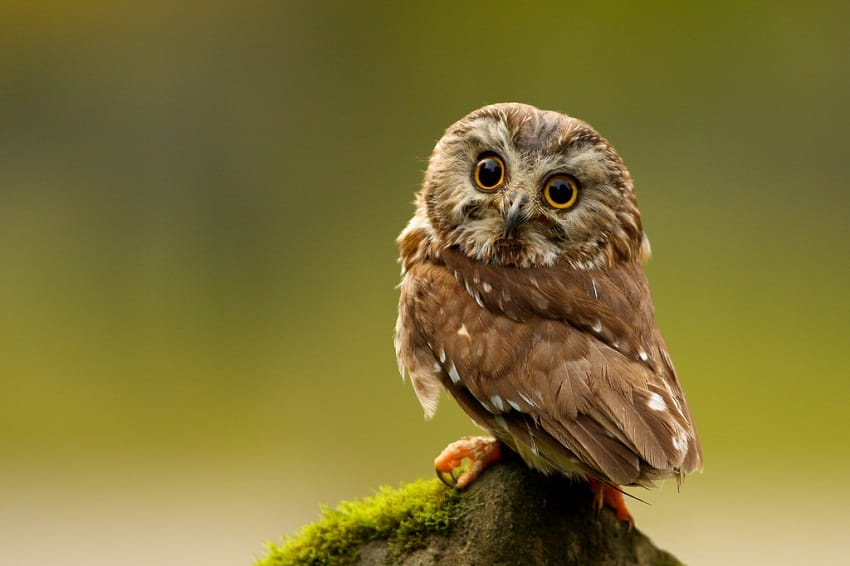Thinking about seeing or hearing birds after dark inevitably brings owls to mind. Most other birds are typically associated with the daytime, foraging for food and doing all the chirping and singing. But in reality, hearing some eerie or mesmerizing bird sounds at night does not automatically mean that it’s an owl. There are plenty of birds that become vocal when the night falls. And below is a list of the most common birds you will likely hear in the dark.
List of Different Types of Birds That Sing at Night
1. Eastern Whip-poor-will: A true nocturnal bird, its unique chirping has earned it the status of an unofficial symbol of summer nights, especially in the Eastern United States and Southern Canada. Their song can go on for hours without stopping, especially during their breeding season around March-April.
Listen to their call
2. Northern Mockingbird: Though not exactly nocturnal, it is common for male northern mockingbirds to sing out loud 24/7 during their spring and summer breeding seasons. They tend to be especially vocal during full moons. Both sexes can sing, with the ability to mimic over 200 different noises. They can pick up the sounds of other birds and animals, like the croaking of a frog, and even human-made sounds like car alarms.
Listen to their call
3. Yellow-breasted Chat: Yet another bird that becomes nocturnal vocalists during their breeding season in spring. Their song comprises unique hoots, whistles, chatters, and warning noises that have been compared to the sound of a mocking laugh – especially by frustrated birders.
Listen to their call
4. Barred Owl: It’s common to hear a barred owl’s “who-cooks-for-you” for hours at night. Based on their range, they often become more vocal at the beginning of their mating season, which can be any time from December to March. Barred owls’ range of distribution and population both have increased significantly over the past 50 years. Their songs are among the signature nighttime bird sounds in the US and Canada.
Listen to their call
5. Common Loon: Nothing can compare with the feeling of listening to the long mournful yodel of a common loon. Their population is declining due to pollution, but they are still pretty common throughout North America.
Listen to their call
6. Upland Sandpiper: The upland sandpiper is a diurnal bird known for its whistling and trilling songs that echo through the prairie on spring nights.
Listen to their call
7. Common Nightingale: One of the most famous nigh-singers, these nightingales are Eurasian natives that can be heard during the night throughout Europe, Northern Africa, Central Asia, and the Middle East. These birds are well-known for their shy nature, but their strong flute-like song is enough to announce their presence.
Listen to their call
8. American Robin: American robins are an excellent example of daytime birds that remain vocally active all night in urban areas due to light pollution. They also sing at night because their songs are better heard then. They have less ‘city noise’ like traffic sounds to compete with.
Listen to their call
9. European Robin: Similar to its American counterpart, these robins are also often heard singing through the night as all the lights trick them.
Listen to their call
10. Black-Crowned Night Heron: One of the most common herons, found across North and South America, Africa, and most of Eurasia, they are known for the cackling, barking noises that fill their wetland habitats after dark.
Listen to their call
11. Hermit Thrush: These are among the last birds to sing at dusk, often continuing well into the night. They are also one of the first birds to sing at dawn, sometimes starting well before dawn. Hearing them at these unlikely hours during their spring mating season is more common.
Listen to their call
12. Killdeer: These shorebirds are known for their frantic piercing calls. They often call in flight and may keep calling through the night while migrating late in fall or early spring.
Listen to their call
13. Black Rail: It is another elusive bird living in swamps across the southeastern United States, the Caribbean, and some parts of South America. The ki-ki-ki-kerr sounds of the black rail are pretty recognizable.
Listen to their call
14. Eurasian Nightjar: Their name refers to the characteristic jarring sounds the males make, which consists of an astounding 1,900 individual notes in a minute. This unique call is iconic for summer evenings in Europe, Asia, and North Africa.
Listen to their call
Apart from the ones mentioned above, there are many other birds with charming nighttime calls. These include:
Why Do Birds Sing at Night
There may be several reasons for birds to sing at night. Some birds are naturally night singers, while others may become vocally active at night during their mating season.
Studies have shown that light pollution in urban areas is a significant reason for many daytime birds singing at night.
Birds have internal clocks that trigger them to start singing with the first ray of sunlight. Robins, thrushes, wrens, cardinals, and blackbirds are among the earliest singers at the break of the dawn. Similarly, the same biological clocks tell them to stop singing at dusk, with most of the singing dying down with the last rays of the sun.
In today’s world, the nighttime has much more light than natural for these birds. As a result, some birds, especially those active in lower light, often break out in a song inspired by streetlights or the light from houses and shops.

